Reaching Out to Rural Africa: Developing learning technology systems
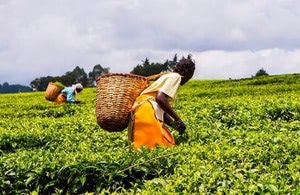
Reaching Out to Rural Africa webinar from Wednesday, 24 October 2018. at 1pm (recording of this webinar).
In this webinar three researchers, Caroline Kuhn, Dominic Kimani and John Traxler discuss their perspectives on a workshop that took place in Kenya in June of this year, funded and supported by the British Council Researcher Links programme.
The workshop focus was the exploration of innovative and appropriate social science methodologies to develop learning technology systems and support for rural African communities. Read the full feature to find out more.
Reaching Out to Rural Africa
This post describes three perspectives on a workshop that took place in Kenya in June of this year. The participants were emerging researchers from computing, education and agriculture faculties and from Kenyan and British universities, and they were funded and supported by the British Council Researcher Links programme.
The potential learners rural communities in East Africa but specifically the community of Kinangop in the central highlands of Kenya, more details of this community will be given in the next section. The focus of the workshop was the exploration of innovative and appropriate social science methodologies and this perhaps needs some explaining, in terms of a learning technology audience.
The Background to the Workshop
John Traxler
We believed that it should be possible to develop learning technology systems and support for rural African communities but only if it is possible to engage with these communities in an authentic and ethical manner to understand their livelihoods, aspirations, environmental challenges, experiences and expectations. The research techniques currently available, interviews, focus groups or surveys for example, were inappropriate and inadequate in their conventional forms and so we set about trying to understand the context and devise or adapt alternatives.
The workshop built on previous projects and pilots in Kenya, for example the SEMA, an acronym that also means ’shout out in swahili, project that incorporate sophisticated SMS functionality into a in-service distance learning initiative for 200,000 primary teachers. The group also had some preliminary reading including Richard Heeks’ depiction of ICT4D2.0, moving towards meaningfully participative ICT4D from top-down, North-down ICT4D, and Büscher’s exposition of a ‘mobile empirical’ paradigm, and had submitted position papers each outlining their perspectives and objectives.
The programme, in outline, for the four days was a day for input from various national experts, for example educational NGOs and IT start-ups, to give some background, then a day of input, adaptation and preparation based around some candidate methods, a day in the field in Kinangop with community members trying out our adaptations and finally a day reflecting on our experiences.
The proposed methods included rich pictures, in order to explore conflicts and competition within the community, card sorts, in order to elucidate mental constructs using pictures but without making prior assumptions, digital storytelling, as a different angle on community lives, and SMS, exploiting the universality of 2G coverage to access data and opinions, and provide information. These were the candidates. Perhaps understandably this preliminary foray yielded variable direct results but exposed a host of unexpected ideas to pursue.
The groups are now drafting and reviewing a set of papers and would welcome reactions, contributions and ideas.
The Background to the Fieldwork: Friends of Kinangop
Dominic Kimani (Conservation Coordinator of FoKP)
The Friends of Kinangop Plateau (FoKP) for biodiversity conservation was founded in 1996 and has evolved since then. It is a Community Based Organization (CBO) with 800 members in Central Kenya, Nyandarua County. FoKP is firmly committed to biodiversity conservation through sustainable environmental and nature-based enterprises as alternative livelihood, as its mission states. It delivers its mandate through strategic partnership with stakeholders such as Kinja Mkungi Water Users Association, Kiburu Community forest Association, Urumwe Mkungi Self-help Group, National Museums of Kenya, and County Government of Nyandarua among others.
The main conservation challenge is the change of land use from the traditional livestock farming, which was compatible with grassland retention to cash crops and food crops. Information sharing for the best farming practices is lacking due to uncoordinated avenues through which the farmers access such information. FoKP work with local people from the beginning, they are the best guardian of natural resources, harbour traditional management systems that are still relevant, they understand their areas of occupation, their wealth of indigenous knowledge, touches on species and people and some have home-made solutions to their problems.
FoKP is involved in various activities like woolspining and weaving, beekeeping, indigenous forest restoration, clean water, sanitation and protection of water sources, environmental education, adult basic education, and sustainable agriculture to mention but a few. It also has spearheaded many conservation and livelihood projects. The CBO is capable of bringing together like-minded people in designing best communication and integrating sustainable project that would bridge the gap between the experts (scholars) and the user groups to achieve sustainable development. Members are always ready for partnership in developing tools that work best for various problems that affect their livelihoods and environment.
How did the workshop go, what did we learn from it, what would we change?
Caroline Kuhn (PhD candidate, one of the emergent scholars)
The experience of the workshop was hugely enriching and eye opening. In preparation for the workshop we had to do some homework that already gave me insights into an unexplored paradigm, namely the mobility paradigm and the different methods that can be used to explore the unfolding and moving social reality of communities. We had to come up with a tentative research question. I was interested in exploring what I needed to know about the community so that together we could co-produce whatever was needed to improve their livelihoods. I was and am very interested in not asking question but hearing the voices of people. Among the different methods that we learned on the second day, I decided to try out the ‘walking with’ method, which allows to have a ‘mutually useful conversation’ with a member of the community while walking through a particular place. The features of the place, the people you cross with, the shops, the houses and schools you encounter elicit different themes in the conversation that do explain elements of the context, allowing the interviewer to get acquainted with contextual aspects of their life that would not pop up in a formal interview in some clinical location exempt from noise and other ‘distractions’.
The afternoon was incredible in preparation for the field work, learning from each other’s experience! We prepared our protocol and we had our tentative ‘plan’ for Wednesday. Wednesday very early we went to Kinangop, an app. 120 km trip [1] from Nairobi that offered me the opportunity to understand more of the rural life in Kenya. We had a warm and very generous welcome with tea and homemade biscuits. We introduced ourselves and we split into groups to start our field work. Anne and I connected with a young woman that was keen to share her experience of being a non-married and academically educated women in that community, a ‘strange species’ as she would call herself. We sat and we walked. We talked and we shared. The conversation was rich while sitting but it got richer once we started to walk. As the theory suggests, moving around the local context offers insights into many daily aspects of the community life. The conversation flows with the movement. It is powerful!
What did I learn? The method is powerful, but it requires some experience so that the conversation can be conducive to theorisation, with that I mean theorising in the Freirean sense. That is, looking critically into the reality and in that process, allowing for reflective moments that can lead to realising where is, if at all, the change needed. This I realised in the process of writing my paper and discussing my data with a friend. Another important aspect we all realised while debriefing the field work on Thursday, is the need to access members of the broader community and not only the representatives of the different interests groups. As a first approach it is very helpful but it is far away from the real and messy picture. In my case, it is vital to talk to women that are farmers, mothers, wives and individuals, that struggle to live their daily lives and are constraint and/or enabled by the social setting they operate in. How is their reality, what are their struggles, what do they need to be more agents of their lives? The social structures need also to be scrutinised and look at how they are shaping women’s agency in their daily life. Much work is still to be done! Exciting times ahead 🙂
More about the authors
Caroline Kuhn: A PhD candidate at Bath Spa University and a lecturer in education studies. In my research I am exploring how people engage/not engage with digital technology for learning purposes. I am using the visitor and resident approach to map student’s digital practice and I am using critical realism as my philosophical stance together with realist social theory to make sense of student’s daily entanglements with digital technologies.
Dominic Kimani: A conservation Coordinator of Friends of Kinangop Plateau and Research scientist at National Museums of Kenya. He is interested in Biodiversity Conservation, citizen science and local community livelihood support.
John Traxler is Professor of Digital Learning in the Institute of Education at the University of Wolverhampton. He is particularly interested in the potential and the problems of using appropriate and innovative digital technologies to support and encourage learning amongst marginal and neglected communities, for example refugees and rural communities, and has worked on various projects in Sub-Saharan Africa and the Middle East
say approximately 120 km


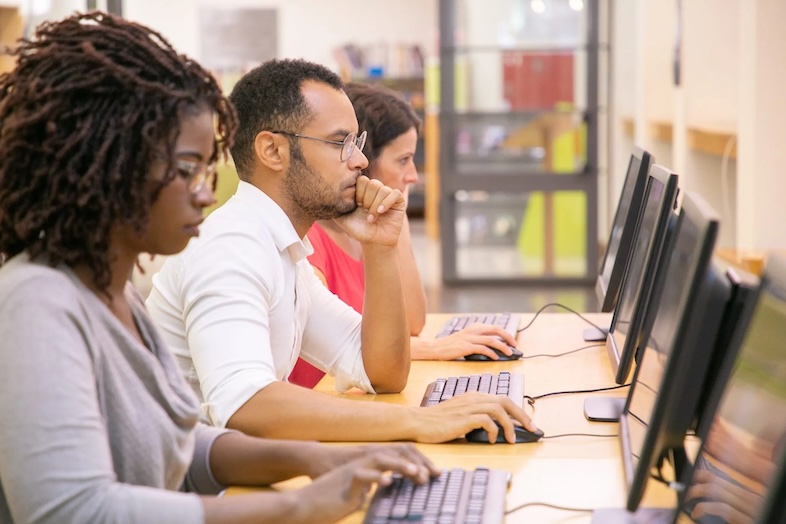
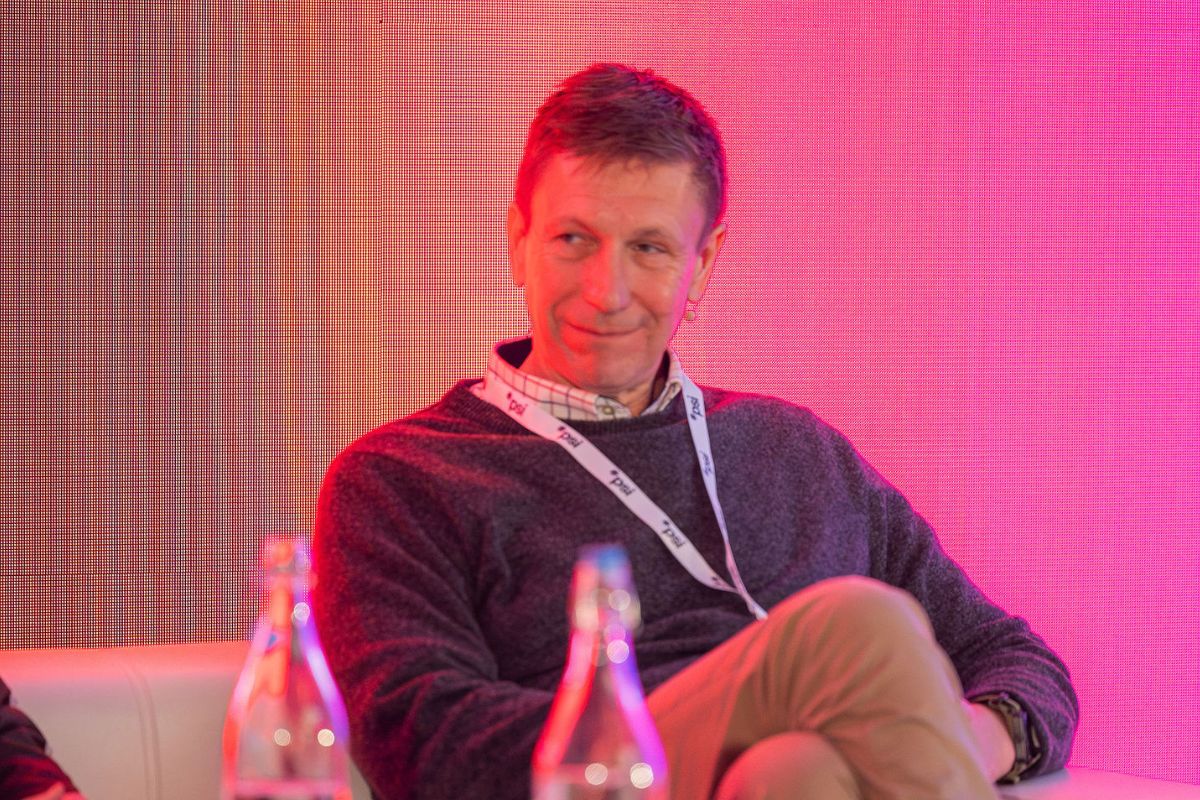

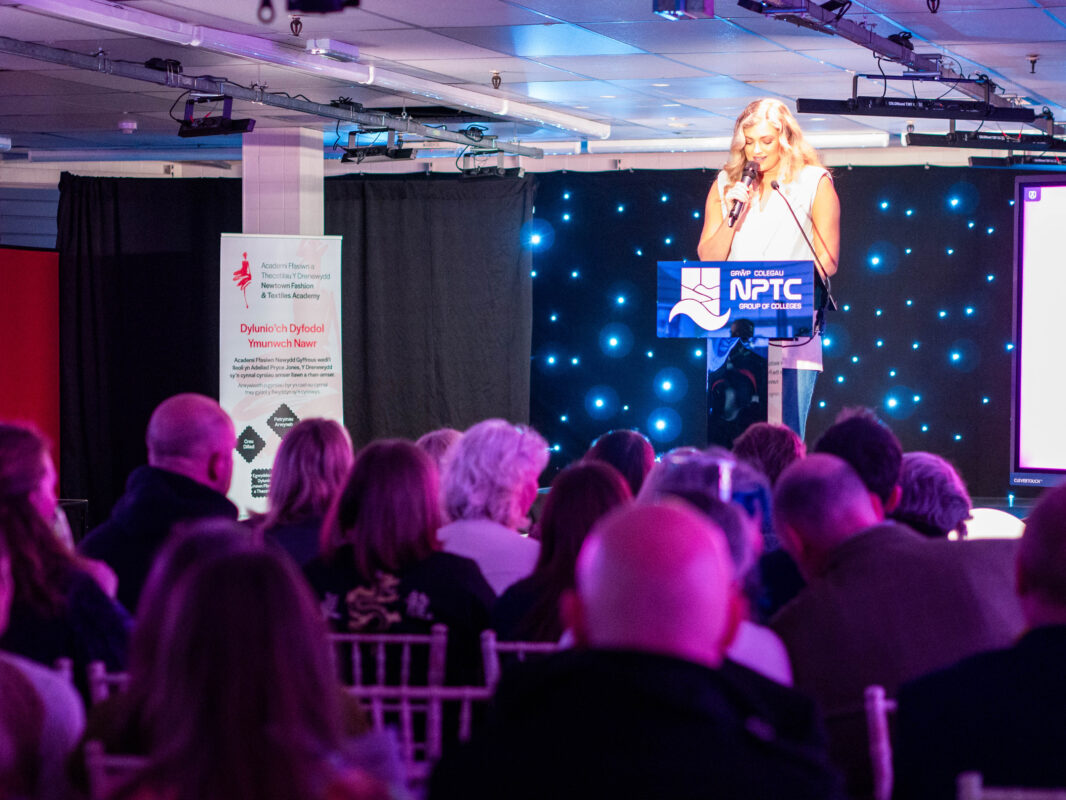

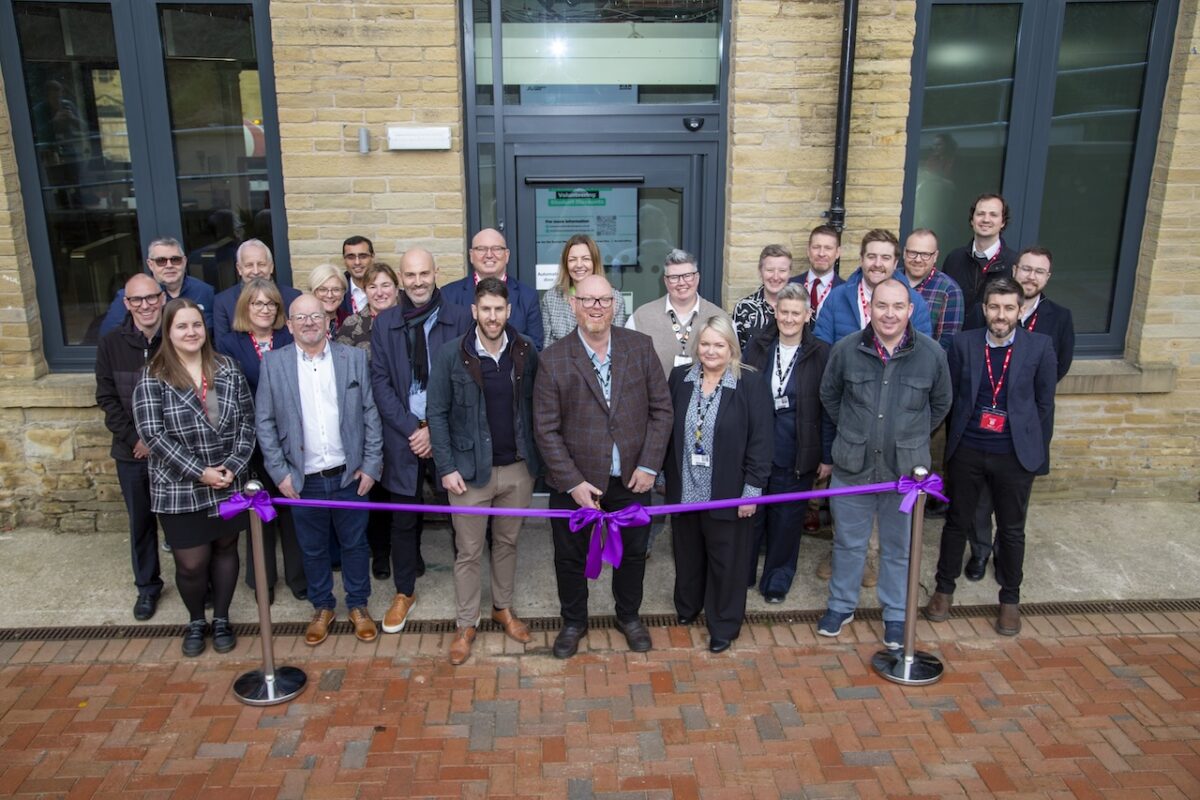
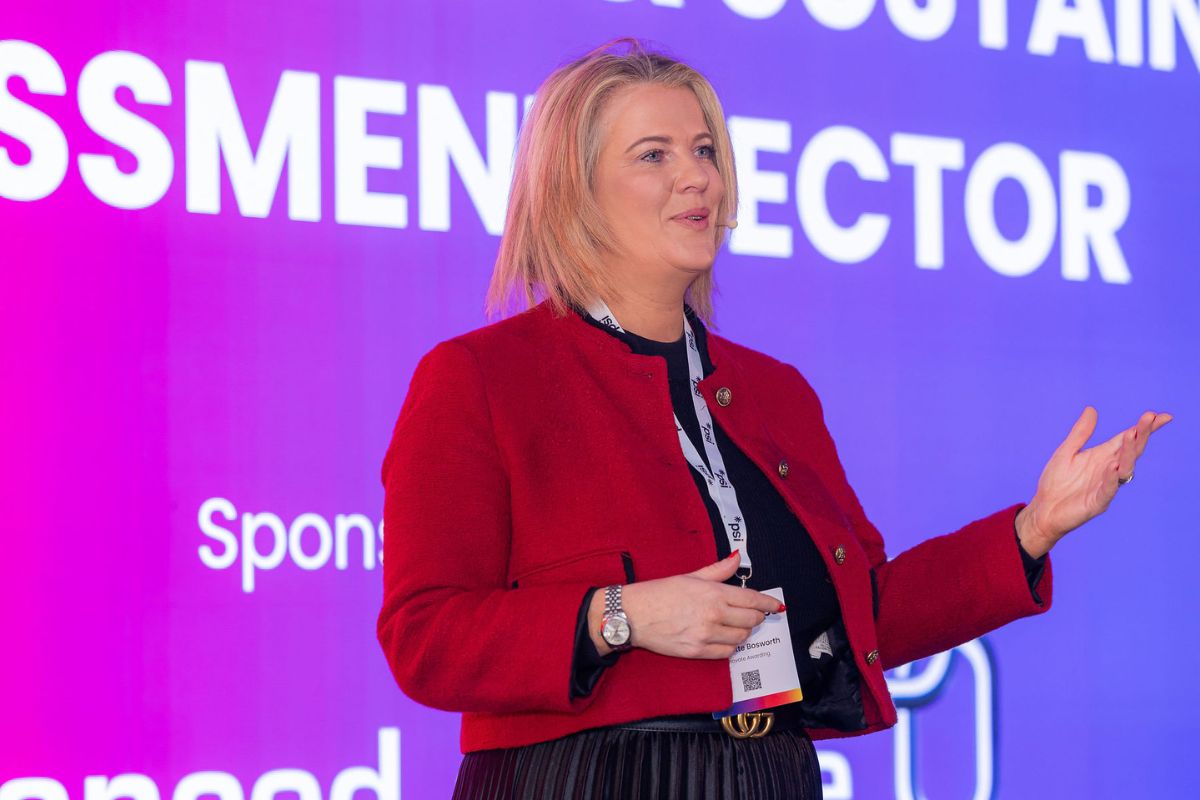
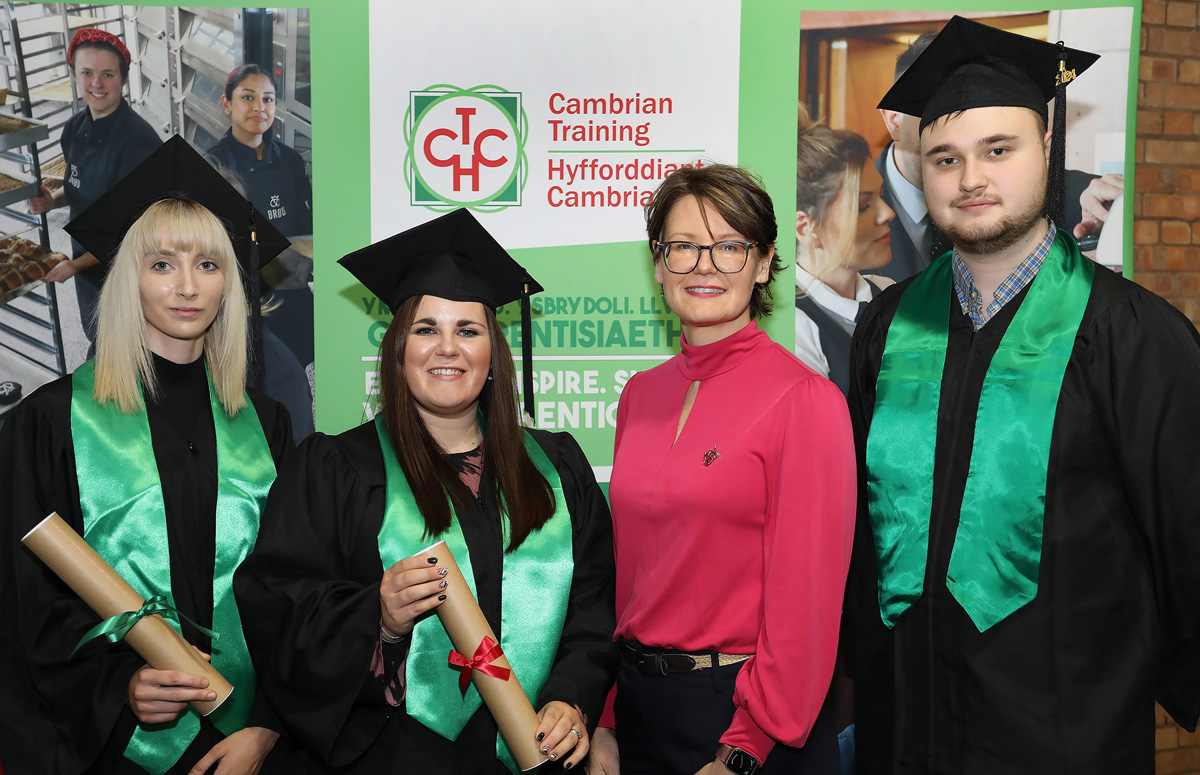
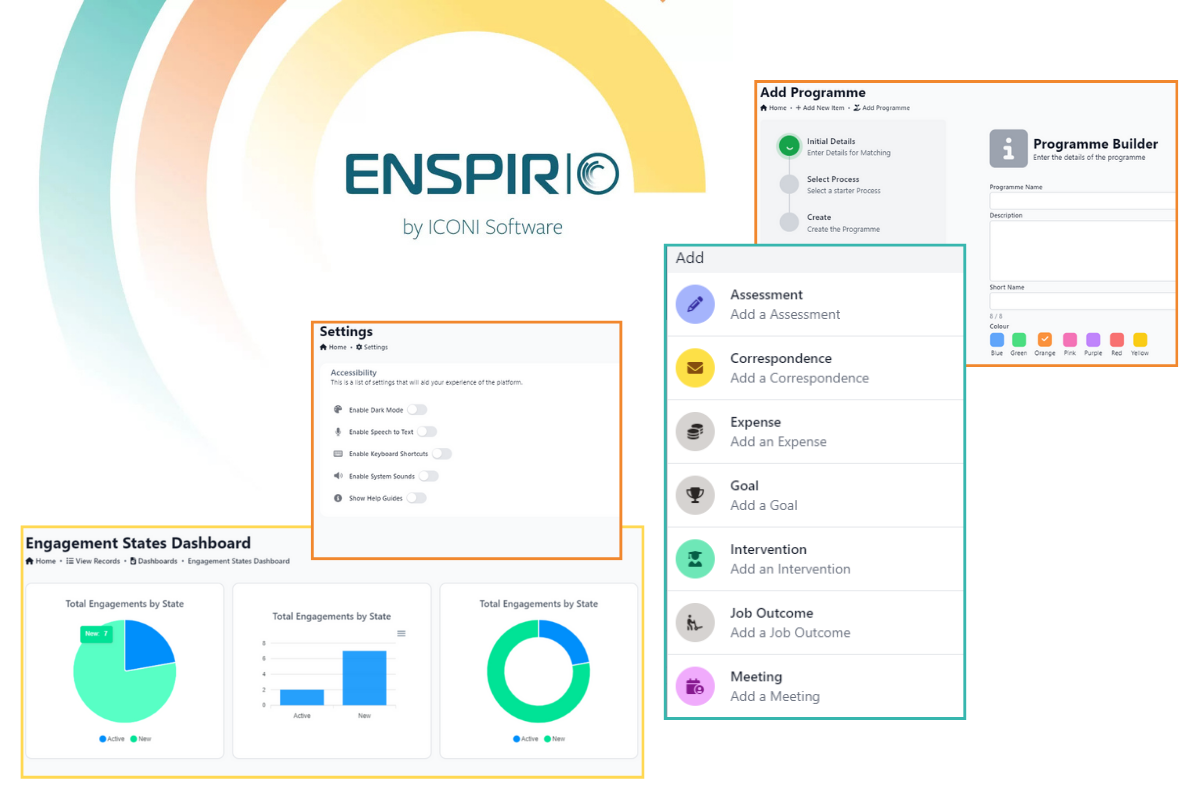
Responses